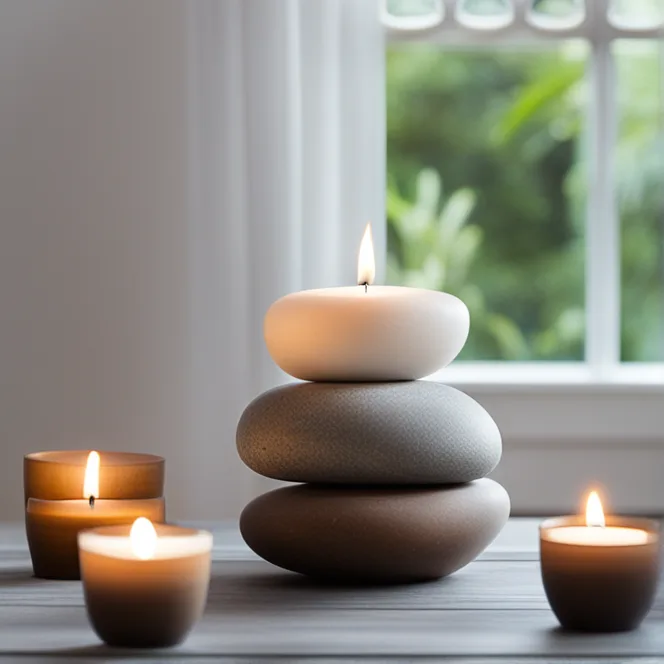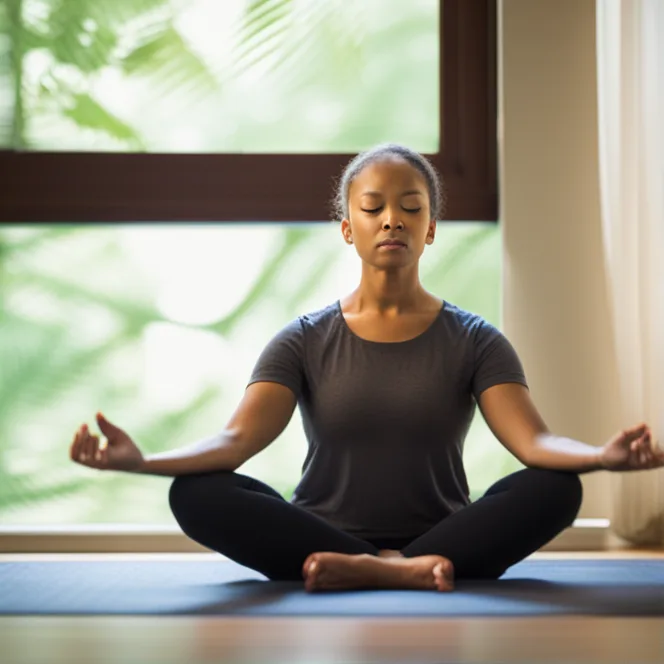
Meditative Practices For Relaxation
Discover the transformative power of meditation to achieve deep relaxation and inner peace. Learn simple techniques for a calmer mind and soul.
article by Hina Kurosawa
Understanding Meditation
Meditation is an ancient practice designed to connect body, mind, and spirit, offering a path to peace and equanimity in our hectic world. The very essence of meditation is to slow down and become aware of our inner state. Through this practice, we can achieve a profound state of relaxation, which helps alleviate stress, enhance mental clarity, and ultimately improve our well-being. The journey of meditation begins with understanding its purpose—transcending the chaotic noise of our daily lives to touch the calmness that resides within each of us.

Preparing Your Space
Your environment can significantly impact your ability to relax during meditation. Choose a quiet, comfortable spot where you won't be disturbed. You might want to include elements that enhance relaxation such as soft lighting, a meditation cushion, or calming scents. The goal is to create a sanctuary that signals to your brain that it's time to unwind. Remember, consistency is key; meditating in the same space can condition your mind to enter a state of relaxation more quickly over time.

Getting Started with Breathing
Breathing is fundamental to meditation and relaxation; it's the bridge between the mind and the body. Start with a simple deep breathing technique: inhale slowly and deeply through your nose, then exhale gently through your mouth. With each breath, imagine tension leaving your body. This method, known as diaphragmatic breathing, is a powerful tool for calming the nervous system and can be your first step towards achieving a relaxed state.

Finding Focus in Meditation
Meditation can involve focusing on a specific object, sound, or even your own breath to help anchor your attention and combat a wandering mind. One approach is to use a mantra—a word or phrase that you repeat silently. This can be a traditional Sanskrit word like 'Om' or a personal affirmation such as 'I am at peace.' The repetition helps you to detach from intrusive thoughts and brings you back to a place of stillness.

Body Scan for Tension Release
A body scan is a technique used in meditation to identify and release tension held in different parts of the body. Lying down or sitting comfortably, you gradually bring awareness to each part, from the tips of your toes to the crown of your head, noting any areas of tightness or discomfort. This mindful observation allows you to consciously relax your muscles and is especially effective in promoting overall relaxation.
The Role of Visualization
Visualization is a potent aspect of meditation wherein you picture a serene setting or scene that invokes tranquility. It could be a lush forest, a peaceful beach, or a cozy mountaintop cabin. Visualizing such places in vivid detail can transport your senses, diminish stress, and instill a sense of calm, as if you're truly there. This mental escapade can have a remarkable effect on reducing anxiety and promoting relaxation.
Embracing Regular Practice
Like any skill, meditation becomes more effective with regular practice. Allocate a few minutes each day to perform your relaxation meditation; consistency will enhance the benefits. Be patient with yourself, as the ability to relax deeply through meditation can take time to develop. Remember, each session is a step towards a more peaceful you, and the cumulative effect of your efforts can bring lasting tranquility into your life.
Published: 12/13/2023
Modified: 12/13/2023
More predictions
Come back here soon to learn more about yourself and your future


The Richness Of The Mediterranean Diet
Explore the health benefits, key components, and culinary delights of the Mediterranean Diet in this comprehensive guide.


Exploring The Heart Of Mediterranean Cuisine
Explore the health benefits and key components of the Mediterranean Diet, a blueprint for balanced eating and well-being.


Inspirational Meditation Quotes
Explore a curated collection of meditation quotes to inspire mindfulness and inner peace.